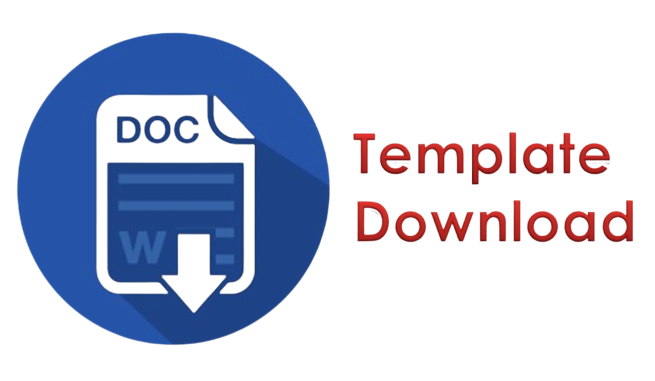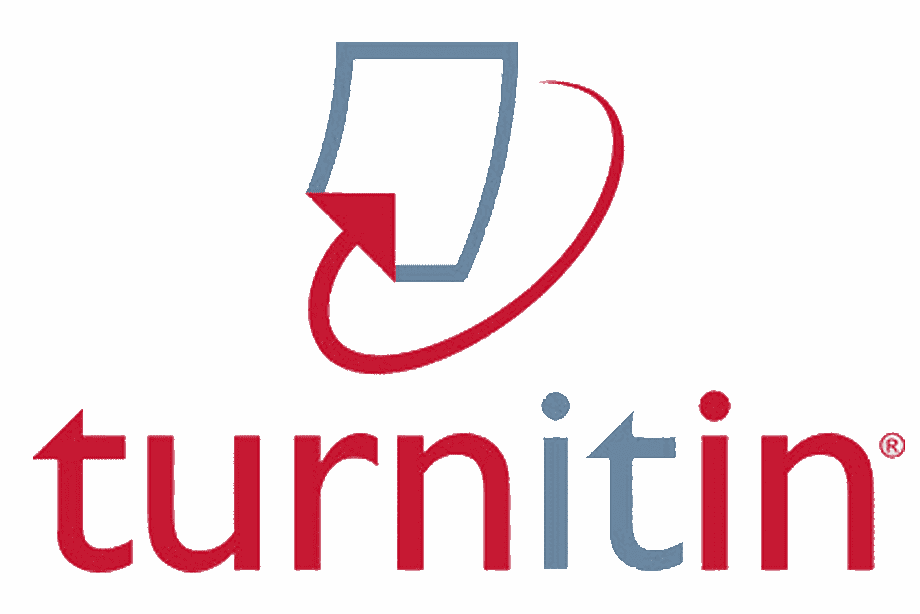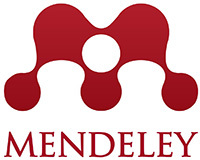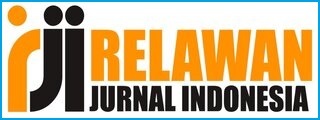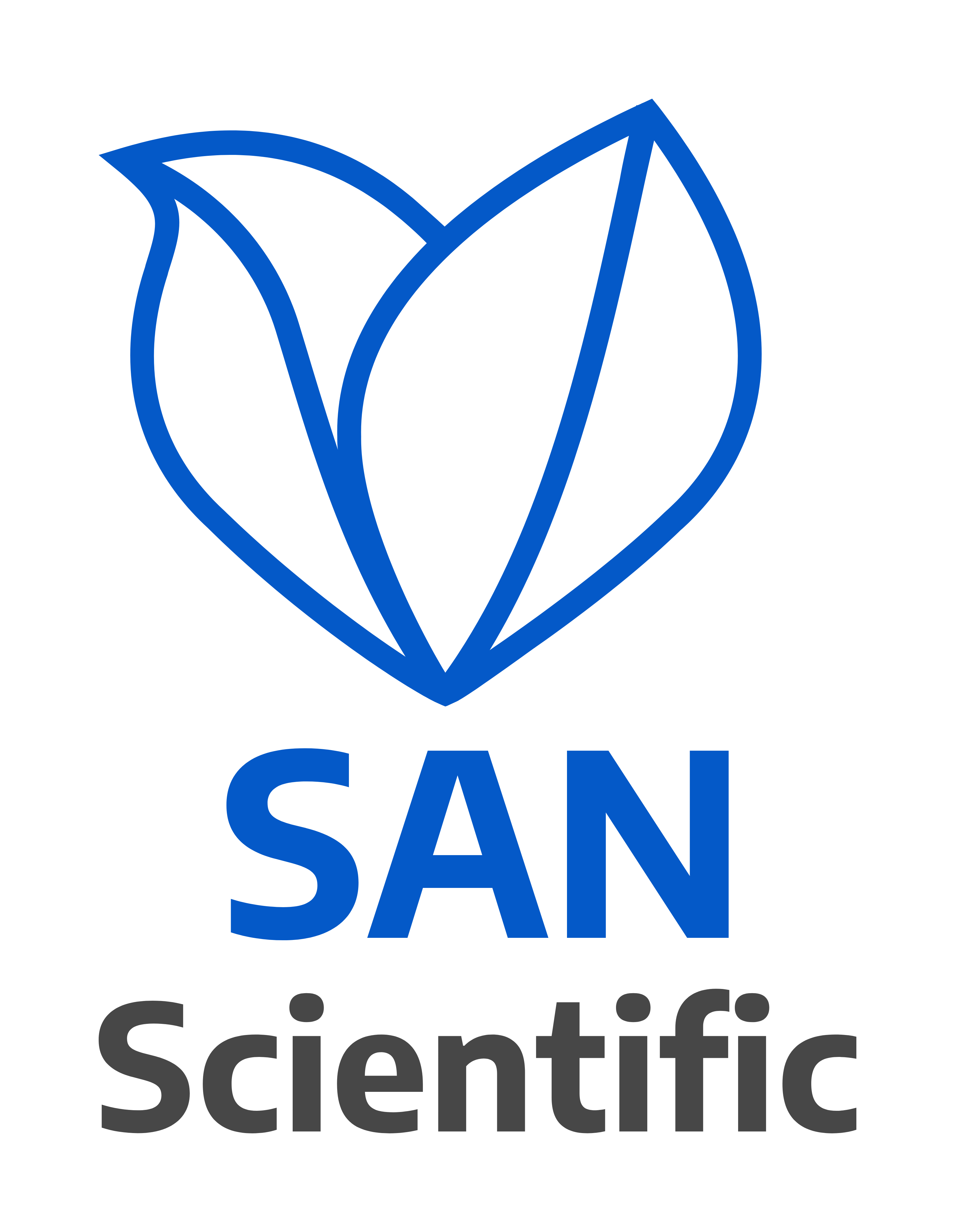How E-Learning and Growth Mindset Determine Workforce Agility
DOI:
https://doi.org/10.58777/hco.v1i1.119Keywords:
E-learning, growth mindset, workforce agilityAbstract
The primary aim of this research project is to assess the degree to which e-learning and a growth mindset impact workforce agility within Insurance Company XYZ. A qualitative methodology was employed to accomplish this goal, which involved conducting interviews and making observations to gather data and insights on potential challenges. As part of the study, five employees from the company were interviewed by the research team. The results of the research revealed a combination of positive and negative effects. Specifically, the findings indicate that e-learning and a growth mindset have a concrete influence on employee agility. Consequently, it is strongly recommended that the company prioritize empowering, motivating, and supporting its employees to help them perform optimally and remain resilient in their work environment.
References
AL-Kasasbeh, A. M., Halim, M. A. S. A., & Omar, K. (2016). E-HRM, workforce agility, and organizational performance: A review paper toward theoretical framework. International Journal of Applied Business and Economic Research, 14(15), 10671–10685.
Alavi, S., & Wahab, D. A. (2013). A review on workforce agility. Research Journal of Applied Sciences, Engineering and Technology, 5(16), 4195–4199. https://doi.org/10.19026/rjaset.5.4647
Cahyadi, A., Hendryadi, Widyastuti, S., Mufidah, V. N., & Achmadi. (2021). Emergency remote teaching evaluation of the higher education in Indonesia. Heliyon, 7(8), e07788. https://doi.org/10.1016/j.heliyon.2021.e07788
Chrisantiana, T. G., & Sembiring, T. (2017). Pengaruh Growth dan Fixed Mindset terhadap Grit pada Mahasiswa Fakultas Psikologi Universitas “X” Bandung. Humanitas (Jurnal Psikologi), 1(2), 133. https://doi.org/10.28932/humanitas.v1i2.422
Cyfert, S., Szumowski, W., Dyduch, W., Zastempowski, M., & Chudziński, P. (2022). The power of moving fast: responsible leadership, psychological empowerment, and workforce agility in energy sector firms. Heliyon, 8(10), e11188. https://doi.org/10.1016/j.heliyon.2022.e11188
Lee, C. S., Ryu, E. K., & Gu, H. J. (2020). The Effect of Growth Mindset and Self-Directed Learning on Organizational Effectiveness of Workers: The Moderated Mediation Effect of Grit. International Journal of Advanced Science and Technology, 29(4).
Mangundjaya, W. (2018). Membangun Organisasi yang Agile. Universitas Indonesia.
Munteanu, A.-I., Bibu, N., Nastase, M., Cristache, N., & Matis, C. (2020). Analysis of Practices to Increase the Workforce Agility and to Develop a Sustainable and Competitive Business. Sustainability, 12(9), 3545. https://doi.org/10.3390/su12093545
Qin, R., & Nembhard, D. A. (2015). Workforce agility in operations management. Surveys in Operations Research and Management Science, 20(2), 55–69. https://doi.org/10.1016/j.sorms.2015.11.001
Sherehiy, B., Karwowski, W., & Layer, J. K. (2007). A review of enterprise agility: Concepts, frameworks, and attributes. International Journal of Industrial Ergonomics, 37(5), 445–460. https://doi.org/10.1016/j.ergon.2007.01.007
Sugandi, L. (2013). Dampak Implementasi Change Management pada Organisasi. ComTech: Computer, Mathematics and Engineering Applications, 4(1), 313. https://doi.org/10.21512/comtech.v4i1.2743
Downloads
Published
Issue
Section
Copyright (c) 2023 Raisa Christia Harumi, Ika Suhartanti Darmo

This work is licensed under a CC Attribution-ShareAlike 4.0
 Views: 450
|
Views: 450
|
 Downloaded: 243
Downloaded: 243



